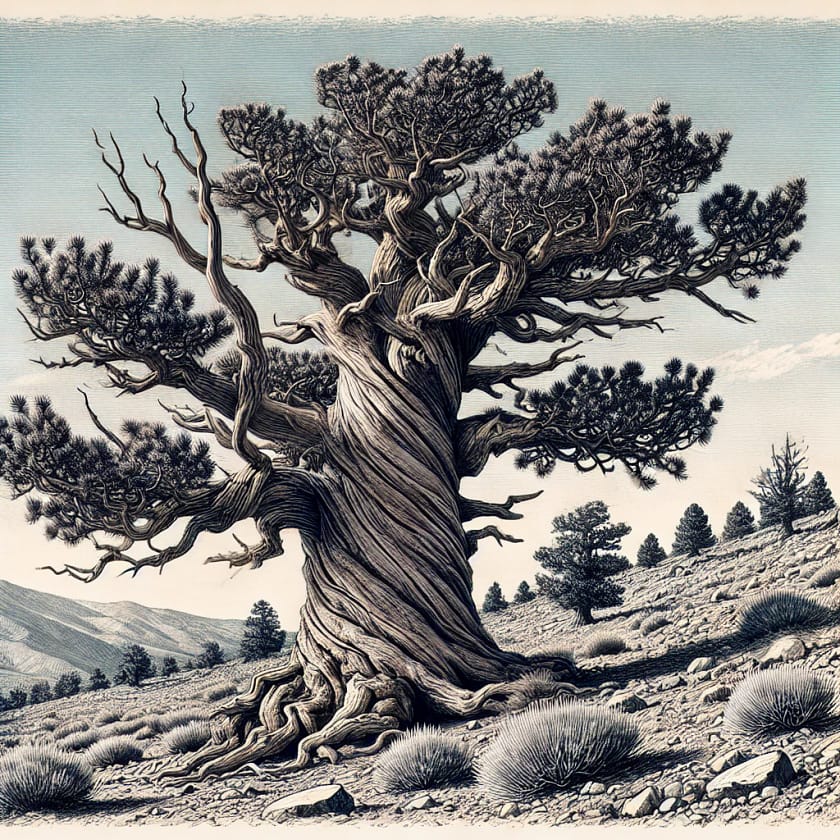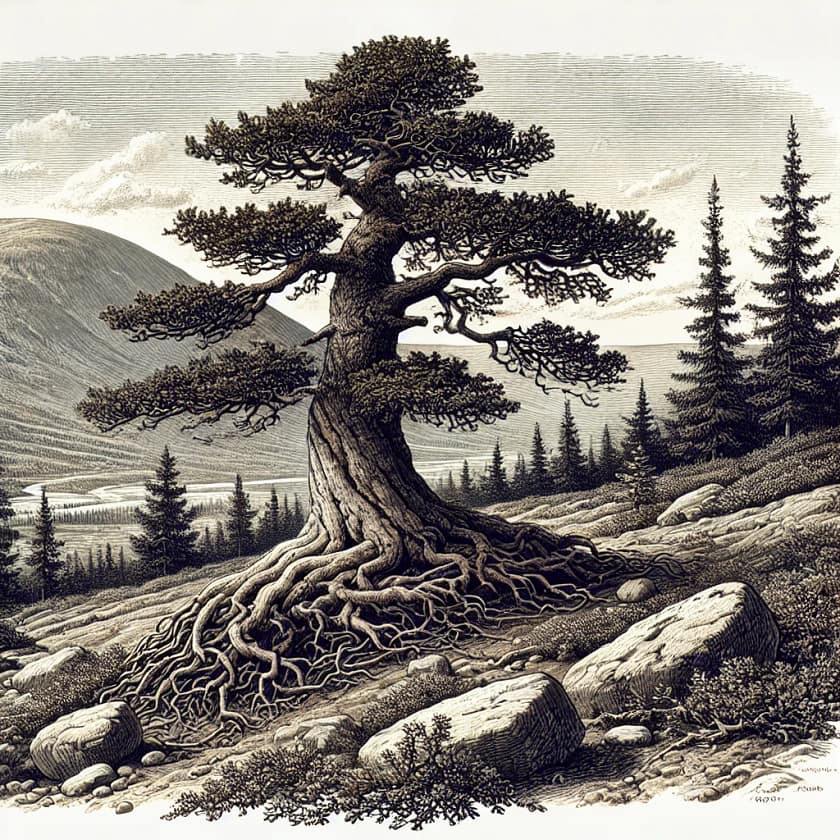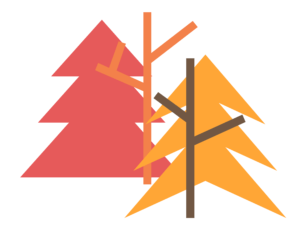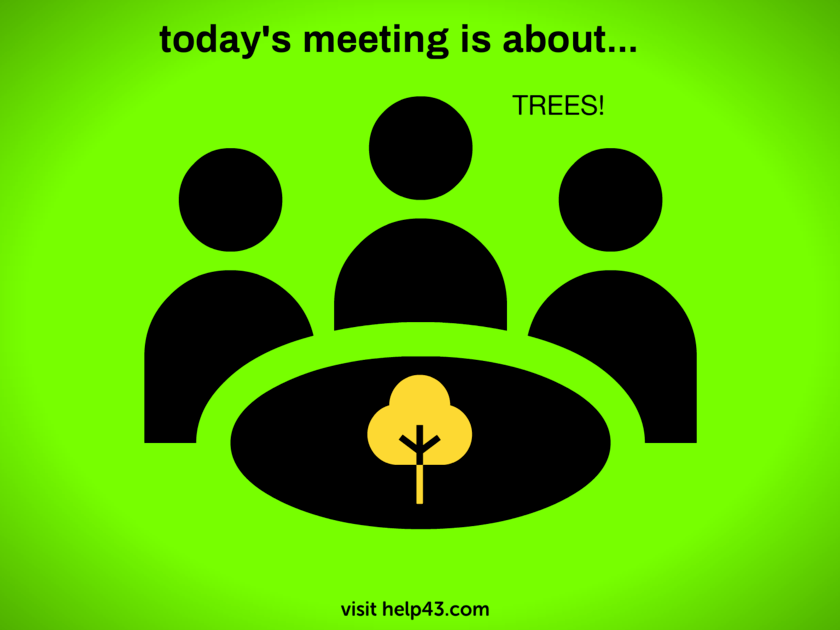2 oldest known trees in the world
Methuselah
The oldest known tree in the world is a Great Basin bristlecone pine (Pinus longaeva) named Methuselah. It is located in the White Mountains of California, USA. Methuselah is over 4,800 years old, making it the oldest known non-clonal tree.

Species: Great Basin Bristlecone Pine (Pinus longaeva)
Characteristics:
- Appearance: Gnarled and twisted trunks with reddish-brown bark. The needles are dark green, densely grouped, and can remain on the tree for up to 30 years.
- Height: Typically grows between 5-15 meters (16-50 feet).
- Cones: Small, bristly cones about 5-10 cm long, with a distinctive prickle at the tip of each scale.
- Longevity: Known for their exceptional lifespan, some individuals exceed 4,800 years old.
Botanical Information:
- Family: Pinaceae
- Genus: Pinus
- Habitat: High altitude, arid regions with rocky soil, primarily in the western United States (California, Nevada, Utah).
- Growth: Slow-growing, often found in harsh, exposed environments where competition from other plants is minimal.
Uses:
- Scientific Research: Studied for dendrochronology (tree-ring dating) to understand past climate conditions.
- Conservation: Used to promote the conservation of ancient and unique ecosystems.
- Aesthetic: Valued for its unique appearance and historical significance in natural history exhibits and education.
Ecological Importance:
- Soil Stabilization: Helps prevent erosion in high-altitude environments with minimal vegetation.
- Biodiversity: Provides habitat and food for various wildlife, including birds and small mammals.
- Climate Indicators: Tree rings provide valuable data for understanding historical climate patterns and changes.
Stories and Myths:
- Methuselah Legend:
- Named after the biblical Methuselah, who is said to have lived 969 years, the Methuselah tree’s name symbolizes longevity and endurance. This tree’s great age has inspired awe and reverence among those who learn of its existence.
- Sacred Guardians:
- Some Native American tribes consider ancient trees like the Great Basin bristlecone pines as sacred guardians of the land. They believe these trees hold the spirits of ancestors and act as sentinels watching over the natural world.
- Scientific Curiosity:
- In the 1960s, researchers studying tree rings discovered the Methuselah tree, igniting interest in dendrochronology. The bristlecone pines have since become symbols of the quest for knowledge and understanding of Earth’s climatic history.
Online Resources for Great Basin Bristlecone Pine (Pinus longaeva)
- National Park Service – Bristlecone Pines:
- NPS Bristlecone Pines
- Offers detailed information about the habitat, characteristics, and significance of bristlecone pines within national parks.
- U.S. Forest Service – Ancient Bristlecone Pine Forest:
- USFS Ancient Bristlecone Pine Forest
- Provides information on visiting the Ancient Bristlecone Pine Forest in California, including trails, history, and preservation efforts.
- Great Basin National Park – Bristlecone Pine Overview:
- Great Basin National Park
- An overview of the bristlecone pines found in Great Basin National Park, including ecological importance and visitor information.
- Methuselah:
- Wikipedia – Methuselah (Tree)
- A comprehensive Wikipedia entry on Methuselah, the famous Great Basin bristlecone pine.
- Bristlecone Pine – Information and Facts:
- Conifers.org – Pinus longaeva
- Detailed botanical information about the Great Basin bristlecone pine, including taxonomy, distribution, and physical characteristics.
Old Tjikko
Another notable ancient tree is Old Tjikko, a Norway spruce (Picea abies) in Sweden, which is approximately 9,558 years old. However, Old Tjikko is a clonal tree, meaning it has been reproducing genetically identical offshoots for thousands of years, whereas Methuselah has persisted as a single living organism.

Species: Norway Spruce (Picea abies)
Characteristics:
- Appearance: Tall, conical trees with straight trunks. The needles are bright green, 1-2.5 cm long, and four-sided.
- Height: Can grow up to 35-55 meters (115-180 feet).
- Cones: Cylindrical, pendulous cones about 10-20 cm long that mature in one year.
- Longevity: Although individual trunks may not live as long as Great Basin bristlecone pines, clonal colonies like Old Tjikko can persist for thousands of years.
Botanical Information:
- Family: Pinaceae
- Genus: Picea
- Habitat: Prefers cool climates, found in mountainous regions and across northern Europe and Asia.
- Growth: Fast-growing in favorable conditions, forming dense forests.
Uses:
- Timber and Paper: Widely used in the lumber industry for construction, furniture, and paper production.
- Christmas Trees: Popular choice for Christmas trees due to their shape and needle retention.
- Ornamental: Planted in parks and gardens for decorative purposes.
Ecological Importance:
- Habitat: Provides habitat for various species, including birds, insects, and mammals.
- Carbon Sequestration: Plays a significant role in carbon capture, helping to mitigate climate change.
- Forest Ecosystems: Contributes to forest ecosystems’ health by supporting biodiversity and maintaining soil quality.
Both of these tree species exemplify the resilience and ecological importance of long-lived trees, each playing unique roles in their respective ecosystems and offering insights into historical environmental conditions.
Stories and Myths
- Old Tjikko:
- Old Tjikko, the ancient clonal Norway spruce, is named after the late dog of the discoverer, Professor Leif Kullman. This story adds a personal and endearing touch to the tree’s scientific significance.
- Yule Tree:
- The Norway spruce is closely associated with the Yule tree tradition, where ancient Germanic tribes would decorate trees to celebrate the winter solstice. This practice evolved into the modern Christmas tree tradition, with the Norway spruce often being the tree of choice.
- Sacred Tree in Norse Mythology:
- In Norse mythology, trees held great significance, with the World Tree Yggdrasil being the most famous. While not a spruce, the concept of sacred trees extended to many species, including the Norway spruce, which was revered for its resilience and connection to the divine.
- Woodland Spirits:
- In Scandinavian folklore, forests of Norway spruce were believed to be home to woodland spirits and mythical creatures like trolls and elves. These stories contributed to the mystique and magical aura surrounding dense spruce forests.
These stories and myths highlight the cultural, spiritual, and historical significance of these ancient and enduring trees, reflecting their roles not just in the natural world but in the human imagination and cultural heritage.
Online Resources for Norway Spruce (Picea abies)
- Royal Horticultural Society – Norway Spruce:
- RHS Norway Spruce
- Information on growing, caring for, and the uses of Norway spruce in gardening.
- Norway Spruce – Forestry and Timber:
- Forestry Commission – Picea abies
- Details on the use of Norway spruce in forestry, timber production, and its ecological importance.
- Old Tjikko – The Oldest Clonal Tree:
- Wikipedia – Old Tjikko
- Information about Old Tjikko, the ancient clonal Norway spruce, including its discovery and significance.
- National Christmas Tree Association – Norway Spruce:
- NCTA Norway Spruce
- Details on the Norway spruce as a popular Christmas tree variety, including its characteristics and history.
- Norway Spruce in European Folklore:
- European Forest Institute – Picea abies
- Offers information on the cultural significance and historical uses of Norway spruce in European traditions and folklore.
These resources provide a wealth of information on the Great Basin bristlecone pine and the Norway spruce, covering their ecological, cultural, and historical significance.
Shop tips
old trees on Amazon
Do not cut the trees!
Invest in your future
Take time to learn
Embark on your journey in affiliate marketing and website creation alongside an incredible community and myself. Invest in your future by dedicating time to learn and earn. Take all the time you need to master the basics before aiming higher. Give it a try and sign up for free. You won't regret it! Discover the possibilities for yourself...


